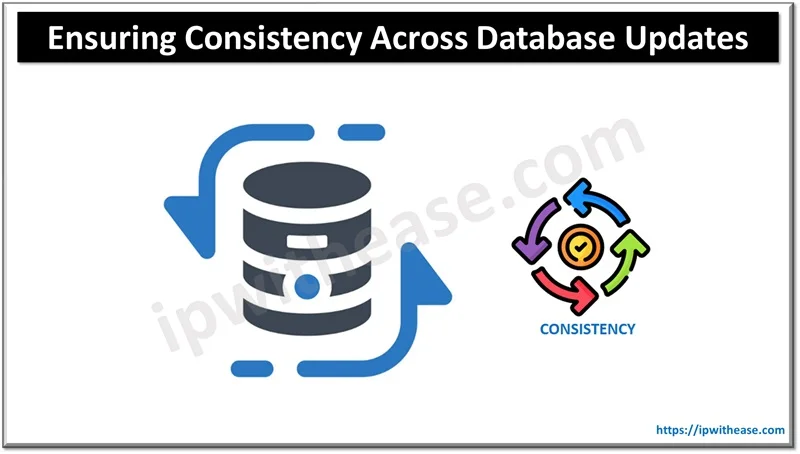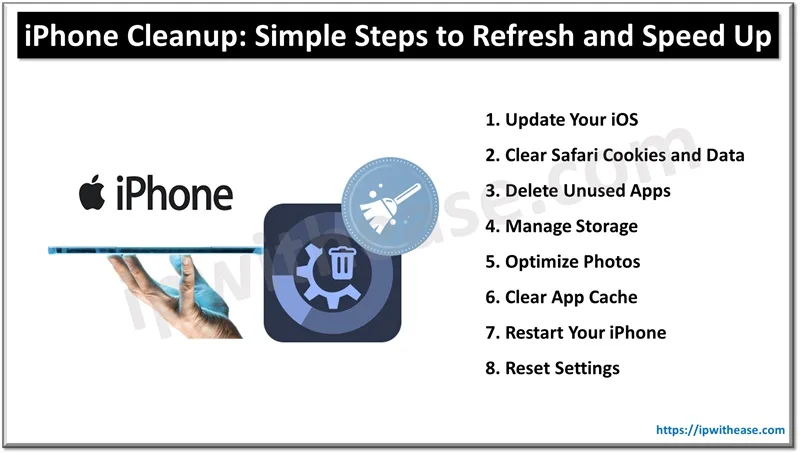Table of Contents:
In the realm of database management, ensuring consistency across updates is a paramount concern. It involves maintaining the integrity and accuracy of data throughout various changes and adaptations. This consistency is crucial for the reliability of applications, user trust, and for making informed business decisions. This article delves into the strategies and best practices for maintaining consistency across database updates, highlighting their importance in a data-driven world.

The Importance of Consistency in Database Updates
Databases are the backbone of many modern applications, holding critical information that drives business operations. Inconsistent data can lead to erroneous results, mistrust in systems, and potentially catastrophic business decisions. Therefore, maintaining consistency isn’t just about preserving data integrity but is also about safeguarding the functionality and reputation of the organization.
Strategies for Ensuring Database Consistency
- Transactional Integrity: Implementing transactions is a foundational approach to ensuring consistency. Transactions guarantee that a sequence of operations in a database will completely succeed or fail together, thereby preserving a consistent state throughout the process.
- Concurrency Control: When multiple users access or modify the database simultaneously, concurrency control mechanisms are vital. Techniques such as locking and database version management help to prevent conflicts and ensure data integrity.
- Schema Evolution Management: As databases evolve, managing schema changes becomes crucial. Tools and practices that track schema modifications over time and ensure backward compatibility are essential for maintaining consistency.
- Data Validation and Auditing: Regular data validation and auditing processes can identify and correct inconsistencies. This includes checks for data accuracy, adherence to data standards, and the identification of any anomalies.
- Robust Backup and Recovery Systems: Having robust backup and recovery systems in place ensures that in the event of a failure, data can be restored to a consistent state.
Best Practices for Database Updates
- Careful Planning and Testing: Before implementing updates, thorough planning and testing are crucial. This entails understanding the ramifications of modifications and conducting tests in regulated settings.
- Incremental Changes: Implementing changes incrementally, rather than all at once, can reduce the risk of inconsistencies. This approach allows for easier tracking of changes and their impacts.
- Continuous Monitoring: Continuous monitoring of databases can quickly detect and address inconsistencies. This proactive approach helps in maintaining the overall health of the database.
- Documentation and Change Management: Maintaining detailed documentation and adhering to strict change management protocols ensures that updates are traceable and reversible if necessary.
- Stakeholder Communication: Effective communication with stakeholders, including developers, database administrators, and end-users, is vital. It ensures that everyone is aware of changes and understands the impact of them.
Conclusion
Maintaining uniformity throughout database updates presents a complex task, necessitating a blend of technological approaches, established procedures, and dedicated organizational effort. Through the implementation of strategies including maintaining transaction integrity, managing concurrent operations, ensuring strong backup protocols, and adhering to key practices like meticulous planning and ongoing surveillance, organizations can uphold the dependability and wholeness of their databases.
In a time where data plays a crucial role in guiding business strategies, ensuring data consistency is essential, transcending mere technical concerns to become a core element of business operations.
Continue Reading:
What is AMAZON RDS (Relational Database Service) ?
OSPF DBD (Database Descriptor) Packets: OSPF Packet Types
ABOUT THE AUTHOR
IPwithease is aimed at sharing knowledge across varied domains like Network, Security, Virtualization, Software, Wireless, etc.



